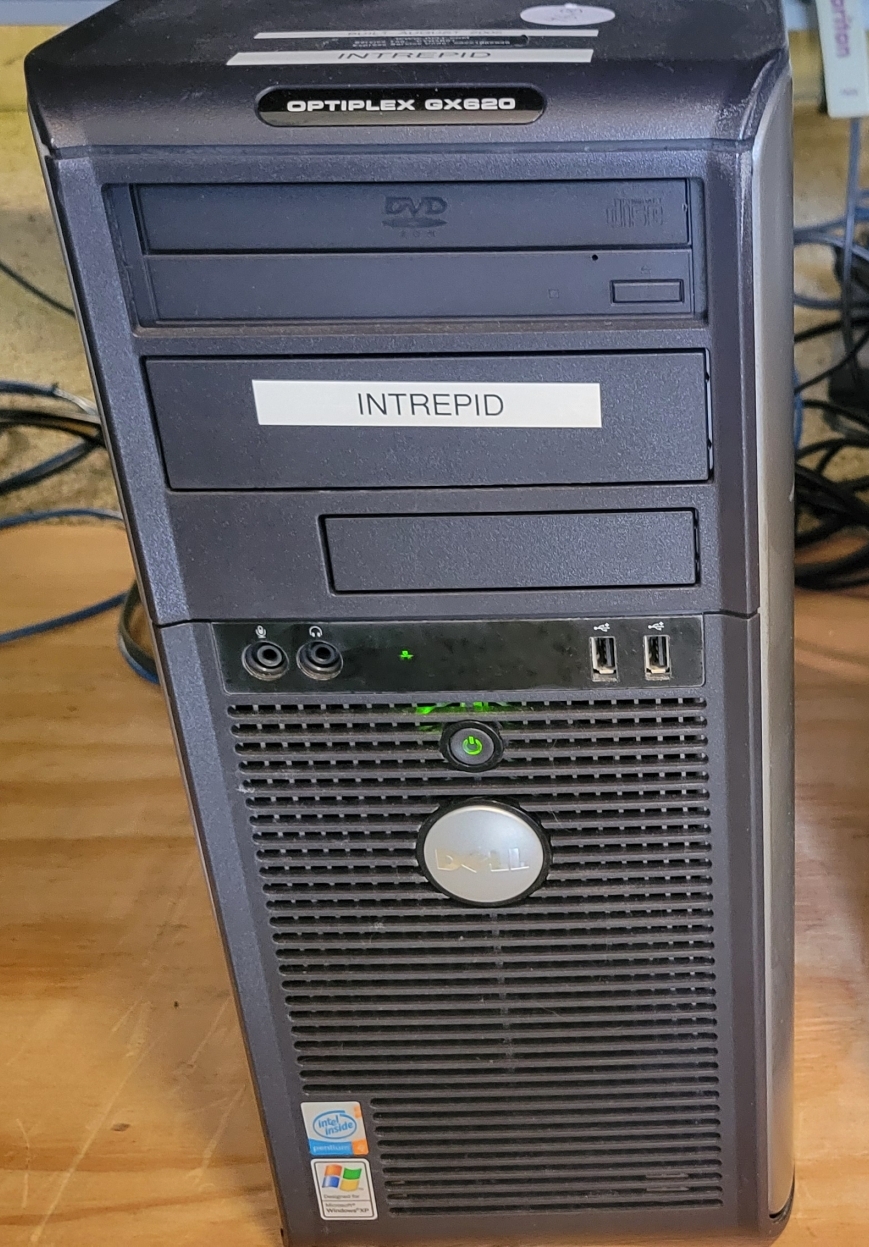
My oldest computer is 19 years old; Linux keeps it going
Last Updated on February 23, 2025 by David Both
Longevity – an interesting word. I use it here to help clarify some of the statements that I hear many people make. These statements are usually along the lines of “Linux can extend the life of existing hardware,” or “Keep old hardware out of landfills or uncertified recycling facilities.” I’ve made some of those statements myself in other articles you can read here on Both.org.
The idea is that you can use your old computer longer and that by doing that you lengthen the useful life of the computer and decrease the number of computers you need to purchase in your lifetime. This both reduces demand for new computers and reduces the number of old computers being discarded.
I have written about how Linux can keep old computers running and out of landfills or recycling streams. My most recent article is How Linux rescues slow computers (and the planet) and it discusses one of my computers that has a BIOS date of 2010 so is about 14 years old.
I recently acquired an old Dell Optiplex GX620. It has a BIOS date of 2005 which makes it at least 19 years old. You can see it in Figure 1, and I’ve named it Intrepid, after a WWII Essex class aircraft carrier, and because it’s an appropriate name for an old computer that’s still running. Since I took that picture, I’ve removed the winblowz sticker.
According to the Intel web site the Pentium 4 processor was released in the 1st quarter of 2004 so that BIOS date is probably as good as anything to estimate the age of the computer.
You can see the specs for this system which are pretty minimal.
It has a single 3GHz Pentium 4 processor with Hyperthreading so the equivalent of 2 CPUs. It originally had 2GB of DDR 533 RAM so I added 2 GB for a total of 4GB which is the maximum amount of RAM supported by this system.
#######################################################################
# MOTD for Sat Sep 28 03:09:11 AM EDT 2024
# HOST NAME: intrepid.both.org
# Machine Type: physical machine.
# Host architecture: X86_64
#----------------------------------------------------------------------
# System Serial No.: XXXXXXX
# System UUID: XXXXXX-5900-XXXX-XXXX-c3c04f423831
# Motherboard Mfr: Dell Inc.
# Motherboard Model: 0F8098
# Motherboard Serial: ..XXXXXXXXX
# BIOS Release Date: 05/24/2005
#----------------------------------------------------------------------
# CPU Model: Intel(R) Pentium(R) 4 CPU 3.00GHz
# CPU Data: 1 Single Core package with 2 CPUs
# CPU Architecture: x86_64
# HyperThreading: Yes
# Max CPU MHz:
# Current CPU MHz: 2992.626
# Min CPU MHz:
#----------------------------------------------------------------------
# RAM: 3.132 GB
# SWAP: 11.131 GB
#----------------------------------------------------------------------
# Install Date: Wed 24 Apr 2024 10:59:56 AM EDT
# Linux Distribution: Fedora 40 (Forty) X86_64
# Kernel Version: 6.10.10-200.fc40.x86_64
#----------------------------------------------------------------------
# Disk Partition Info
# Filesystem Size Used Avail Use% Mounted on
# /dev/mapper/vg01-root 4.9G 86M 4.5G 2% /
# /dev/mapper/vg01-usr 30G 7.6G 21G 28% /usr
# /dev/sda1 974M 464M 444M 52% /boot
# /dev/mapper/vg01-home 4.9G 1.8G 2.9G 38% /home
# /dev/mapper/vg01-tmp 9.8G 2.2M 9.3G 1% /tmp
# /dev/mapper/vg01-var 35G 8.5G 24G 26% /var
#----------------------------------------------------------------------
# LVM Physical Volume Info
# PV VG Fmt Attr PSize PFree
# /dev/sda2 vg01 lvm2 a-- 160.00g 67.00g
#######################################################################Naturally, I installed Linux on it just to see how it would work. This old computer works just fine with Fedora 40, the most recent release as of this writing.
So yeah – when I say that Linux keeps old computers running, it is absolutely the truth. Linux keeps these old computers safe from malware and bloatware which is what really causes them to slow down.
Linux prevents the planned obsolescence continually enforced by the ongoing requirements for more and faster hardware required to support upgrades. It means I do not need to add more RAM or hard drive space just to upgrade to the latest version of the operating system.
Until it died I had an old Lenovo ThinkPad W500 that I purchased in May of 2006. It was old and clunky and heavy compared to many of today’s laptops but I liked it a lot and it was my only laptop. I took it with me on most trips and use it for training. It had enough power in its Intel Core 2 Duo 2.8GHz processor, 8GB of RAM, and 300GB hard drive to support Fedora running a couple virtual machines and to be the router and firewall between a classroom network and the Internet, to connect to a projector to display my slides, and to use to demonstrate the use of Linux commands. I used Fedora 37 on it, the very latest. That is pretty amazing considering that this laptop, which I affectionately called vgr, was a bit over 12 years old.
The ThinkPad died of multiple hardware problems in October of 2018, and I replaced it with a System76 Oryx Pro with 32GB of RAM, an Intel i7 with 6 cores (12 CPU threads) and 2TB of SSD storage. I expect to get at least fifteen years of service out of this new laptop.
And then there was my original EeePC 900 netbook with an Intel Atom CPU at 1.8GHz, 2G of RAM and an 8GB SDD. It ran Fedora up through Fedora 37 for ten years before it, too started having hardware problems.
Linux can most definitely keep old hardware useful.
